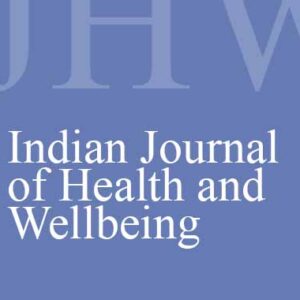
Accessible technological devices for people with disabilities: Divyangjan
Original price was: ₹ 202.00.₹ 200.00Current price is: ₹ 200.00.
Pages: 799-801
Sarika Sharma and Suraj Kumar (Department of Education, Central University of Haryana, Mahendergarh, Haryana)
The persons with disabilities faces many obstacle in their all aspects of life i.e. in personal, social, academic, occupational and recreational as well. As we know that technological era has changed into number of way. The Persons with Disabilities has comprehensive convenience, it is vital for enabling them to acquire for equal opportunity and live unrestrictedly and compete comprehensively in all aspects of life in an inclusive society. The Rights to Persons with Disabilities (Equal Opportunities, Protection of Rights & Full Participation) Act, 2016 (PwDs Act, 1995) under Sections 44, 45 and 46 categorically provides for non-discrimination in transport, non-discrimination on the road and non-discrimination essential atmosphere individually. The United Nations Convention on the Rights of Persons with Disabilities (UNCRPD), in which India is a signatory, under Article 9 casts an obligation on all the signatory governments to take proper measures to assure to persons with disabilities access, on an equal basis with others, to the physical atmosphere, to transportation, to information and communications, including information and communication technologies and systems, and to other facilities and services open or provided to the community, both in urban and in rural areas. The Department of Empowerment of Persons with Disabilities (DEPwD), inistry of Social Justice & Empowerment has launched the “Accessible India Campaign (Sugamya Bharat Abhiyan)” as a nation-wide flagship campaign for achieving comprehensive convenience that will empower persons with disabilities to acquire for equal opportunity and live unrestrictedly and participate fully in all aspects of life in an inclusive society. So the objective of present paper is to realize that there are many different kinds of disabilities, and that new technologies have been developed to assist those who possess one or more of them. The present study also reveals or enlists the types of new technological devices and its use for persons with disabilities in an inclusive setting.
Description
Pages: 799-801
Sarika Sharma and Suraj Kumar (Department of Education, Central University of Haryana, Mahendergarh, Haryana)
